Hellenic Classical Charter School: Expanding on a Success Story
by Eleni Kostopoulos
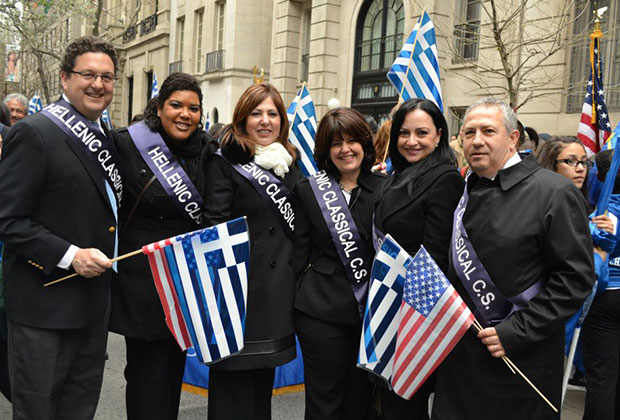
Charles Capetanakis, Natasha Caban, Anasatasia Etimos, Christina Tettonis, Jo Petrakos and Nikolaos Leonardos (part of the school board and the school’s administation)
“Today is a new beginning and I can make a difference.” So begins the official pledge of the ethnic-culture-based Hellenic Classical Charter School (HCCS) in Brooklyn, NY; it’s a fitting verse for the state-of-the-art institution, which is currently undergoing an $8.3-million expansion. Upon its completion, the freshly renovated facility in affluent Park Slope will nearly double in size.
For decades, Soterios Ellenas Parochial School (SES) occupied the building that is now home to HCCS. The decision made by members to close the parochial school’s doors largely reflects the financial struggles Greek American private schools have had to endure. A dwindling economy has impacted Greek American communities, both in New York and throughout the United States.
“I’ve been with HCCS since its inception and was the first employee the school board hired, so I was there the day we opened our doors in September 2005,” Joy Petrakos, Director of Operations at HCCS told NEO magazine. Petrakos, who is responsible for the school’s current $7.5-million budget, oversees all operations, which pertain to admissions, compliance, legal matters, government agencies, Department of Education (DOE) relations, Greek ministry relations, human resources and other functions.
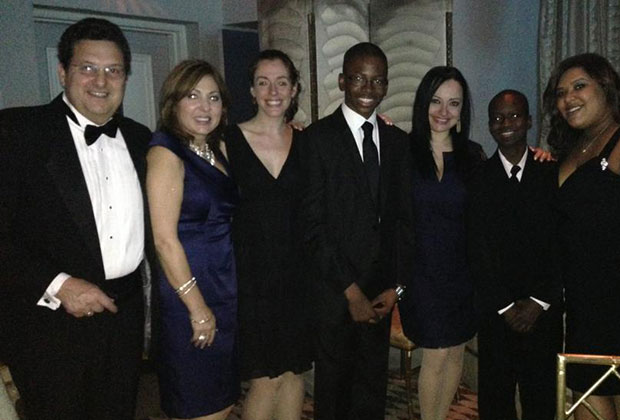
Charles Capetanakis, Anastasia Etimos, Megan Duff, student-Tylar Holder (President), Joy Petrakos, student-Malacki Davis (vice president), and Natasha Caban
“Like schools in many communities, SES’s enrollment was going down, the economy was bad, tuition was hard to meet, and unfortunately, it had to close its doors,” said Petrakos, who worked with the private Greek American school for nearly four years before joining the charter. “Charles Capetanakis, an alumnus of SES and parishioner of Kimisis Tis Theotokou Church, suggested looking into establishing a charter school. You can call us pioneers because at the time charters weren’t as ‘sexy’ as they are today; we were one of the first in the area. [Capetanakis] looked into the endeavor and eventually, along with other [current board members], began the application process. Following a couple years of hard work, HCCS came into fruition. It was a very long and difficult process, but it was also a worthwhile one.”
During the school’s inception, Soterios Ellenas wasn’t completely closed, and in 2005, HCCS shared residency with the parochial school, which was gradually fading out. “Its board made the decision to close its doors, and at the same time, the charter opened, until eventually we [assumed complete occupancy],” said Petrakos.
Some of SES’s students left and some applied to the charter school. But besides having a common landlord (the parish of Kimisis Tis Theotokou), the two academic institutions were considered completely separate entities.
In 2007, HCCS brought in Christina Tettonis to serve as principal. Prior to joining HCCS, Tettonis was principal of Public School 170, “The Lexington School,” located in Region 7 of Brooklyn, NY from 2002 to 2007. During her five years as a principal, PS 170 earned a number of grants and awards, including recognition from the New York State Education Department as a “High Performing/Gap Closing School” in 2006 and “NYSESLAT- Closing the Achievement Gap School” in 2005. Tettonis, who implemented the America’s Choice School Design, was invited to be the keynote speaker at the 2007 America’s Choice National Conference in Atlanta, GA.
“Christina Tettonis is amazing,” raved Petrakos, who considers herself Tettonis’s right hand. “Not only is she one of the best people I know, but she is a wonderful educator. I wish my daughters were young enough to experience having her as a principal. Since she’s been here, HCCS has blossomed into one of best schools.”
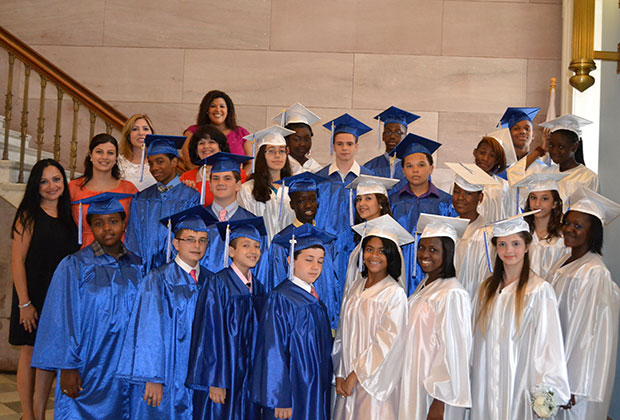
One of 8th grade classes at their Graduation, Brooklyn Borough Hall
Despite ongoing debates between adversaries and advocates of charter schools, demand for adequate educational options remains strong. According to the New York City Charter School Center, out of the 198 NYC charter schools currently enrolling students for the 2014 to 2015 academic year, NYC charter schools have received approximately 212,500 applications for 21,000 available seats. The current city-wide charter school waiting list is estimated to comprise 49,700 students. Also according to the center, NYC-based charters continue to score higher than district school students in a large majority of communities across the city, often by considerable margins, particularly in Harlem, Central Brooklyn and the South Bronx. New York’s charter law mandates that NYC charter schools give preference to returning students, siblings of students already enrolled in the school and students who reside in the local Community School District in which the charter school is based. In addition, charter schools are permitted to give preference to students “at risk of academic failure, including English Language Learners (ELL), students who are eligible for free or reduced price lunch and students who did not score at the proficient level on the state tests.” As with HCCS, if the number of applications outweighs the number of available seats, the school must select their students through a random lottery. Currently, 208 charters operate in New York State, 183 of which are located in New York City.
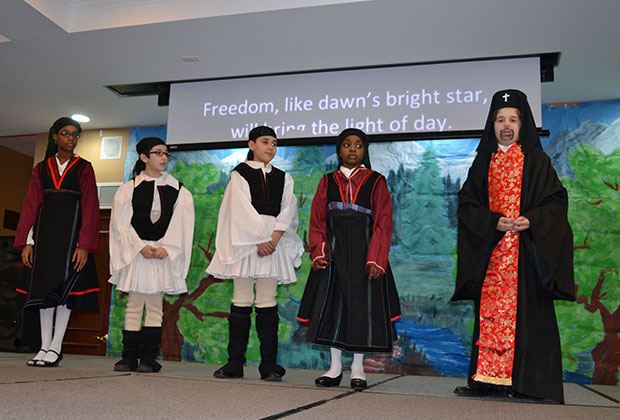
Fifth great students performing at this year’s Greek Independence Day Program
“Wherever I go, I try to spread some knowledge about how charter schools actually work,” said Petrakos. “There may be criticism, but people often fail to see that something great is happening. Charters present a great opportunity to students. Every charter is unique in its learning and its specialty. In our case, it’s the Greek culture; we have a rigorous academic curriculum, in addition to visual arts, (and an art residency in the building) and a wonderful music program. We also have members of Columbia University in the building to provide professional development for our teachers in language arts and math as well as hands-on activities for students. All these things cost money – millions and millions of dollars- and we have this amazing opportunity to give students all these great things that other students might not be able to receive.”
According to Petrakos, the DOE oversees HCCS, and the school is largely funded by the State. “We comply to the DOE and to the city. We have to report to the DOE on a regular basis. We continuously provide reports regarding enrollment, our scores and finances. Annually, the State comes in, and we provide them with reports as well.”
Unlike the building’s predecessor, the charter school is characterized by a diverse student body. With about 475 students currently enrolled in grades Kindergarten through eighth, each grade has two classes.
“About 25.0% of the student population is Greek American, about 40.0% is African American, and the rest is Hispanic, Caucasian and other,” said Petrakos, who added that it makes her especially proud to hear students – both of Greek and non-Greek descent – sing the Greek national anthem.
All students are taught Greek (language, culture, mythology and geography). Students commemorate significant cultural events, like OXI Day and Greek Independence Day, with poems and songs. Furthermore, sixth, seventh and eighth graders study Latin. Students also have an abundance of after-school options, including spending time at Athena’s Academy, which offers students additional study sessions of Greek, attending the YMCA or participating in the Science Olympiad.

The Harlem Globetrotters at the school for
a anti-bullying workshop. Students in this photo
are: John Capetanakis, Evan Capetanakis,
Basil Grigos and Alex Capetanakis
Recently, students enjoyed visits from the Harlem Globetrotters, who spoke to them about anti-bullying strategies, and beloved weatherman Nick Gregory, who kicked off his third grade weather segment. During the winter holiday season, younger students performed two holiday shows, and the middle school theater club performed “12th Night: The Musical”, a production adapted from William Shakespeare, at BAX Theater. Students have also participated in fundraisers like the Penny Harvest / Hurricane Harvest contest, with which money was earned for victims of Hurricane Sandy.
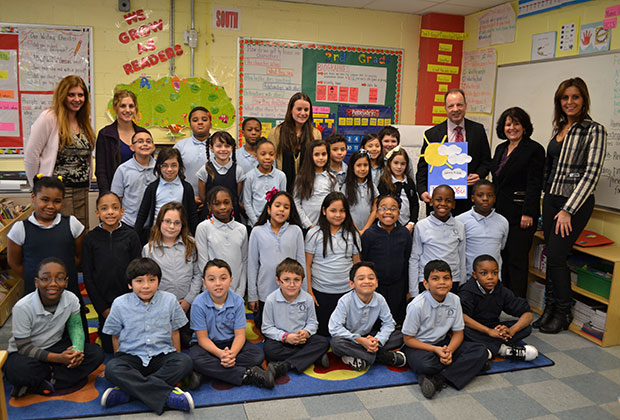
Nick Gregory from Fox 5 visited the school. The adults in the photo are: Lambrini Lambrinou, Melina Dimitriou, Nicole Gossert, Nick Gregory, Christina Tettonis and Chrissy Kouroupakis Varas.
“We have a lot of upcoming events to look forward to, including our Kindergarten graduation, eighth grade graduation and seventh grade ring ceremony,” said Petrakos. “We’re especially looking forward to a college acceptance event on May 29, which will bring together the graduating class of 2010, the first class to graduate HCCS. It’s important to us to keep in touch with alumni, and we’re looking forward to discussing what colleges they’ve been accepted to.”
The charter’s many accomplishments haven’t gone unnoticed. Late last year, the New York State Education Department awarded HCCS a $500,000 Dissemination Grant, which enables teachers at HCCS to mentor a failing public school in New York City. “We’re in our first year right now, and our teachers have been working to improve PS 305,” said Petrakos. “This initiative was taken to see how charter schools fare compared with other schools. We have yet to see the end results, but so far, the process is going well.”
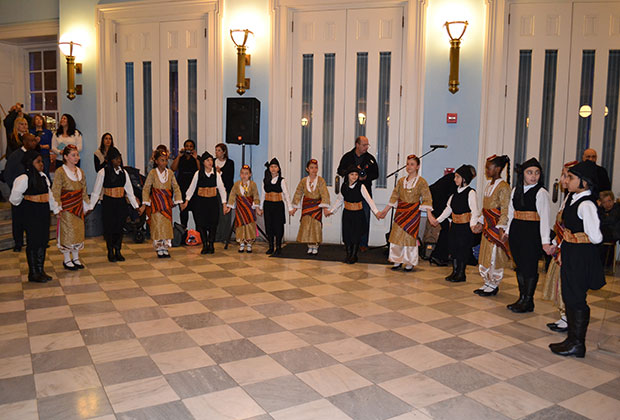
The school’s Dance Troupe dancing at Brooklyn Borough Hall in honor of Greek Independence Day
Teachers and students are also awaiting the culmination of the $8.3-million expansion project in less than a year. The building will boast classrooms with smart boards, a college-size gymnasium on the roof and state-of-the-art equipment.
HCCS boasts a strong mission statement: “The school will utilize didactic instruction, coaching and Socratic questioning. All students will leave the school prepared intellectually, socially and emotionally to gain entry to and succeed in the best high schools in New York City.”
For more information on Hellenic Classical Charter School, visit hccs-nys.org.

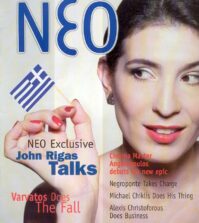





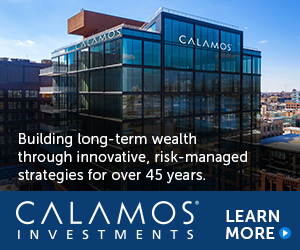




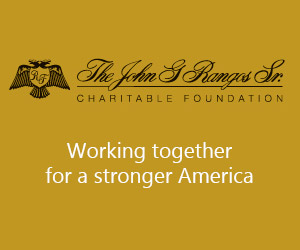


0 comments